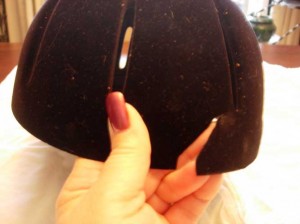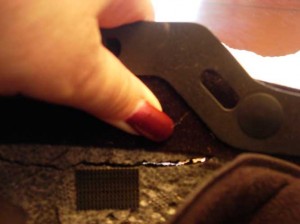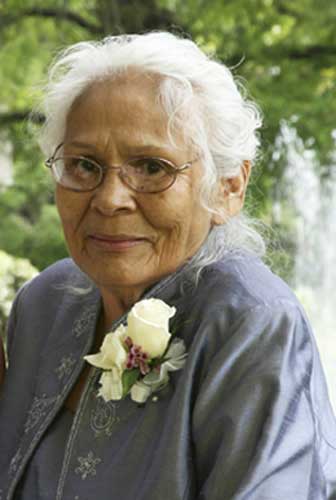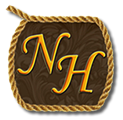Ride With Confidence After A Fall
I’ve had my fair share of falls and most of which I’ve been able to bounce back quickly. It seems, though, the older I get, the more apprehensive I’ve become about getting back in the saddle. As you’ve read, I had a pretty significant fall at the first of January. It took almost 3 weeks for me to heal enough to walk with no pain.
Oklahoma had a record snow in February which stayed on the ground for about 3 weeks. That is very unusual for our weather. So a few weekends ago, the weather finally cooperated enough to allow time to ride again.
I got Dollar from the pasture, groomed him and tacked him up. I adjusted his cinch again just before we reached the mounting block. I can’t mount from the ground anymore because of bad knees.
With one foot in the stirrup, I was getting ready to swing over. Then . . . WHAM . . . a back spasm. I had to stand on the mounting block for a bit to let the spasm subside. I don’t know if that was caused by the accident or if anxiety played a part. I think both. I told my trainer I thought this might be a short lesson.
After about 5 minutes, I mounted Dollar and off we went at walk. I had a lesson in finesse riding that day. I did lots of straight lines, counting steps for precise turns, leg yielding, serpentines, etc. Gait transitions were to be clean and immediate.
Amazingly, I made it thought the entire lesson. Dismounting was not as easy as it usually is. I had to swing my leg over and hold on to the saddle so I could make an easy drop to the ground. I will admit I was a little stiff, but not as much as I thought I would be.
Riding after a fall for anyone can be daunting. When to get back on a horse will depend on how well you have healed. Be smart about your injury. When you are ready, try a short ride at first to access how well you have healed. Also a good short ride will help you regain your confidence. If you hurt too much afterward, give yourself more time to heal both physically and mentally.
Also, don’t try not to do extensive training of your horse or a demanding lesson for you. You may find that your body just won’t cooperate. Instead, go back to the basics. It never hurts to refresh on the simple things. Concentrate on giving good cues so that your horse knows what is being asked. As stated above, have short rides at first but make them count. As always, stop on a good note for both you and your horse.



 world. I had friends that let me ride. She tolerated my insistence to stay in the horse barns while at the fair. After I moved out and married, I bought my first horse. While she was never too excited about this, she was always there to cheer me on at the few shows I entered. She never discouraged my growing passion for horses. She would bring her grandchildren out to the barn so they could get to know Iggette. Later on, she brought the great grandchildren out to see my newest horses.
world. I had friends that let me ride. She tolerated my insistence to stay in the horse barns while at the fair. After I moved out and married, I bought my first horse. While she was never too excited about this, she was always there to cheer me on at the few shows I entered. She never discouraged my growing passion for horses. She would bring her grandchildren out to the barn so they could get to know Iggette. Later on, she brought the great grandchildren out to see my newest horses.
